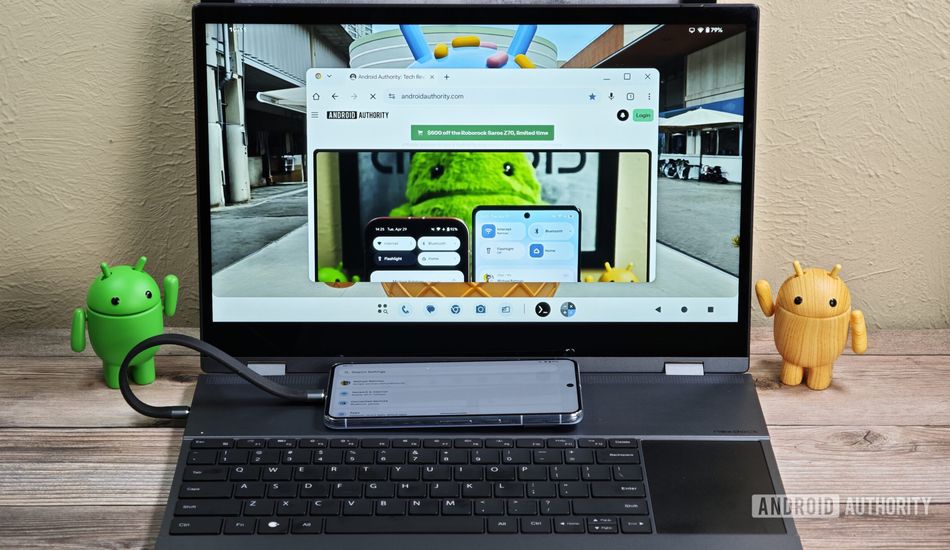
Android's New Desktop Mode: A Productivity Game Changer?
The mobile landscape is constantly evolving, and a significant development is on the horizon: Google's foray into a desktop-like experience for Android. This move directly challenges the dominance of Samsung's DeX, offering a potentially transformative feature for Pixel devices and, possibly, others in the future.
A First Glimpse
Recent reports reveal a functional, albeit unfinished, desktop mode currently in development. While not slated for inclusion in the upcoming Android 16 stable release, its existence signals a significant commitment to enhancing Android's capabilities on larger screens. Initial appearances suggest a taskbar and status bar – crucial elements previously absent – significantly improving usability.
Multitasking and Window Management
This new desktop mode allows for multitasking, enabling users to launch multiple applications in floating windows, resize them, and snap them to the edges of the screen. This functionality, crucial for productivity, mirrors the capabilities of established desktop operating systems. The ability to drag and drop content between applications further strengthens its potential.
Building Upon Existing Foundations
The foundation of this desktop mode appears to be an adaptation of the tablet-oriented desktop windowing system introduced with Android 15. While initially confined to built-in tablet displays, Google is extending this functionality to external displays connected to phones. This is a logical starting point; however, future iterations will need to address the unique characteristics of phones connected to external displays, particularly seamless integration between the phone's screen and the external monitor.
Future Prospects
This development marks a crucial step towards a more unified desktop experience across Google's operating systems. The success of this initiative will depend on Google's commitment to refinement and polish. A fully realized desktop mode could significantly enhance the usability of Android apps on larger screens, attracting a wider range of users and potentially challenging established desktop paradigms.
Source: AndroidAuthority